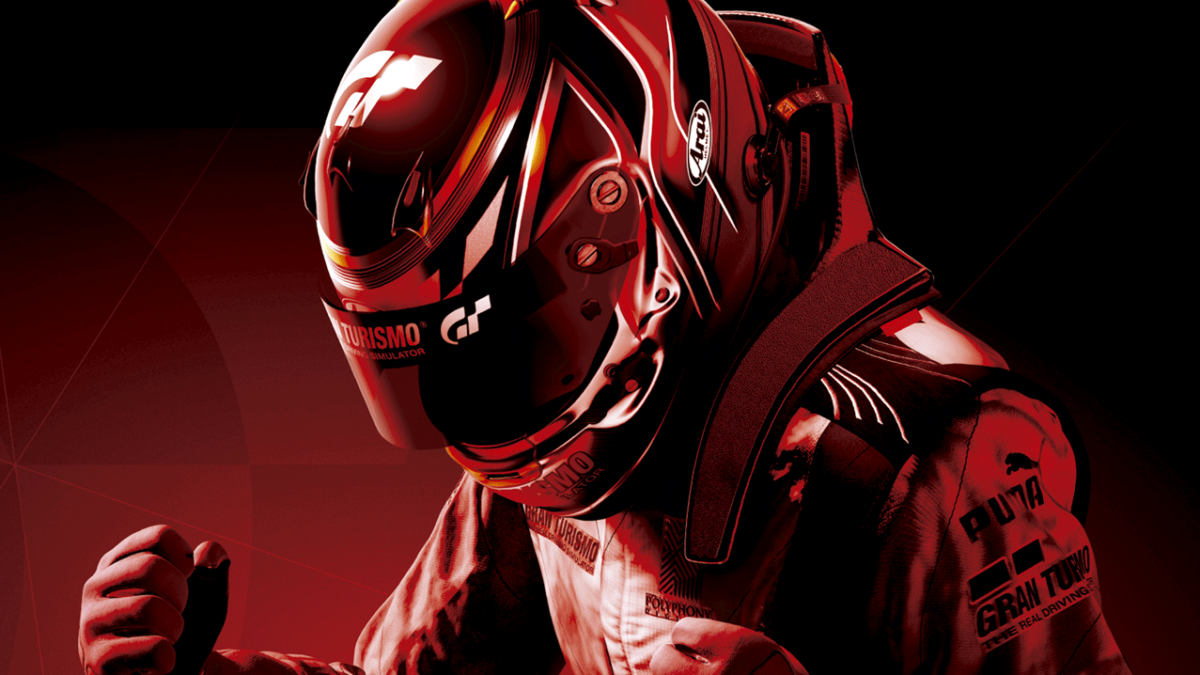For 25 years, Gran Turismo has challenged us to take virtual driving seriously. Its vehicles have always behaved differently than they do in other games, weighty and uncompromising in their realism. Thanks to Polyphony Digital’s fastidious eye, they’ve looked more like real cars too, and even in various custom-paint jobs and ill-advised spoilers, across five console generations, they have continuously wowed gamers.
The seventh title in the series just released on PlayStation, and its arrival reminded us all what a vital, imperious, and often esoteric presence it’s been in gaming culture for a quarter-century. Gran Turismo’s direction hasn’t always been unwavering polar north – over the years its creators lost themselves in the periphery of car culture, veering over into motorsport team management in one game, stripping away everything but online multiplayer racing in another.
But some constants have prevailed – outrageous jazz arrangements playing in the menus, a vast roster of classic and contemporary cars, a handling model detailed enough to give sim racers the necessary training for real motorsport careers, and an infectious sense of utter fascination with everything about the motorized vehicle.
[mm-video type=video id=01fxsp0nme3gf9d1f23w playlist_id=none player_id=none image=https://images2.minutemediacdn.com/image/upload/video/thumbnail/mmplus/01fxsp0nme3gf9d1f23w/01fxsp0nme3gf9d1f23w-926bc536ff6bbd963e7ff18dc9da1bf8.jpg]
